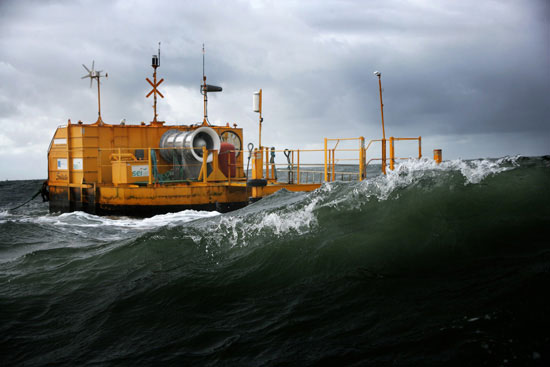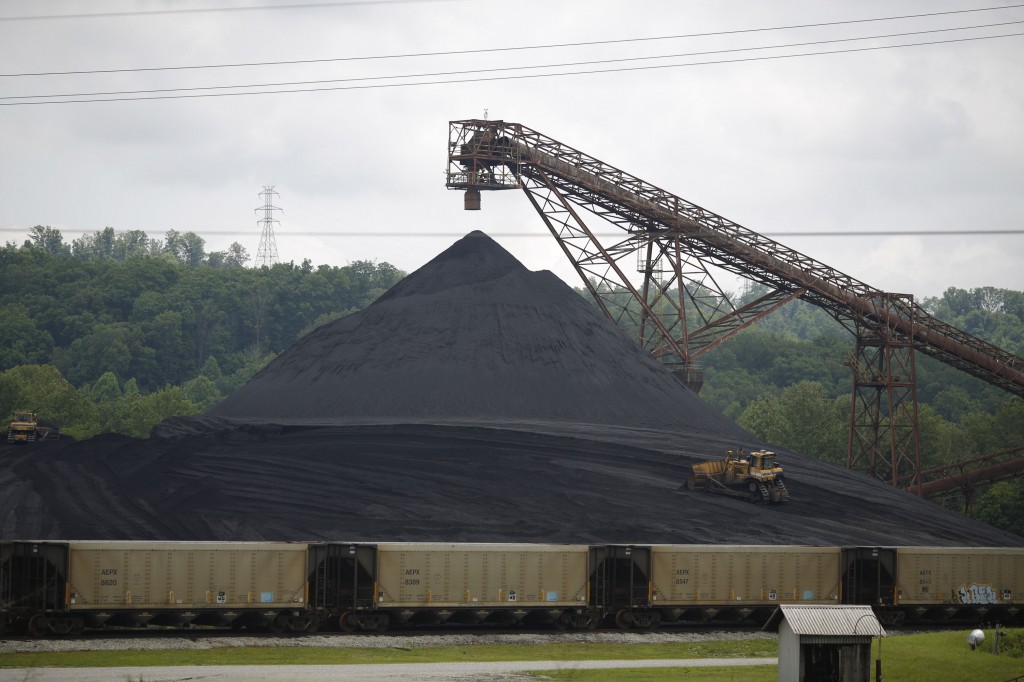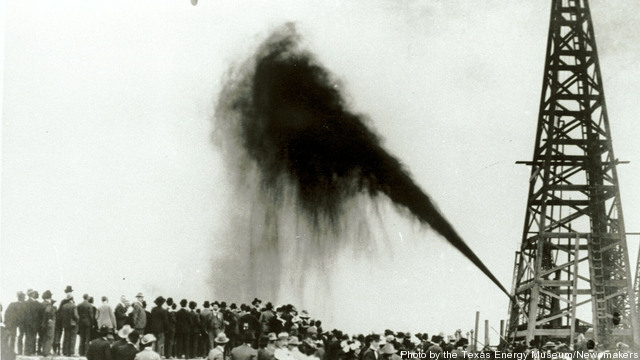Wave energy – recently characterized by one leading academic in the field as being “in kindergarten” compared to fossil fuels – isn’t about to graduate to the big time, but the effort to build a meaningful industry in the U.S. could advance several grades in the next few years. Not one, not two, but at… Keep reading →
Hawaii
Wave Energy Developers Line Up for Hawaii Test Site
By Pete DankoSign up and get Breaking Energy news in your inbox.
We will never sell or share your information without your consent. See our privacy policy.Energy News Roundup: Coal Terminal Blocked, Small-scale LNG Expansion and Above-ground Risk in Mexico
By Jared AndersonA proposed coal export terminal in Oregon was denied a permit because the project would cause harm to tribal fisheries along the Columbia River. “Oregon Gov. John Kitzhaber (D) applauded the state agency’s rejection of the permit, telling the Oregonian, ‘Columbia River tribes have fundamental rights to these fisheries,’ and any project that threatens those… Keep reading →
Accounting giant Ernst & Young’s latest United States renewable energy attractiveness index confirms commonly understood perceptions of which states are friendliest to renewables, such as California and Hawaii, but also shows remarkable progress by individual states and the solar industry as a whole. The top ten states on the All Renewables Index, which you can… Keep reading →
New York broke temperature and energy-use records in late July, and expectations that heat waves might become a more common feature of Eastern Seaboard summers are raising pressing questions about power grid stability, and how utilities can manage the load when demand peaks. There are both supply- and demand-side solutions to managing rising energy demand in… Keep reading →
For many years, Hawaii has been home to one of the strongest solar PV markets in the US. The state has offered renewable energy tax credits since 1976 and at 35% today, the credit is one of the largest in the country. Additionally, the market has been bolstered by the high cost of electricity, which… Keep reading →
Texas led the pack in state-level energy-related carbon dioxide emissions from 2000-2010, having produced more than 7.5 billion metric tons of CO2 over the period, according to the US Energy Information Administration (EIA) The EIA has begun to provide state-level energy-related carbon dioxide emissions data, showing that over the 2000-2010 period, Texas far outpaced other… Keep reading →

A plan to build a 100-mile undersea cable linking power grids on Hawaii’s islands would help meet the state’s ambitious renewable-energy goals, reduce its heavy dependence on imported oil, and cut electric bills for consumers.
It could also become an important test case for the ability of existing grids to rely on power from renewable sources. If it proves, as its backers hope, that grids can take more power from renewable sources than the maximum levels currently assumed by the industry, that would be a big boost to plans for offshore wind farms along the U.S. East Coast. Keep reading →

In today’s interconnected energy world, it’s not easy for islands and remote communities, cut off from the ready energy supply of big grids, pipelines and superhighways. Witness the international drama last winter when Nome, Alaska became ice-locked and only secured fuel because of an elaborate sea effort by Russia and the US.
Dependent on the outside world for fossil fuels, places like Nome face not only shortages, but also sky-high energy prices. Some residents of Nome spend 45% of their income on energy. Similarly, Hawaiians pay more than twice as much for electricity as Californians. Keep reading →

Much like microwaves and satellites, the US military could serve as an incubator for hydrogen fuel cell vehicle technology, helping it advance to a point where it can stand on its own in the global marketplace. In one of the latest examples of the private sector collaborating with the military on new technologies, General Motors and the U.S. Army, Pacific recently launched a 16 hydrogen fuel cell vehicle fleet in Hawaii.
The US Army views this as a worthwhile investment because its desire to reduce fossil fuel reliance, which can be a security concern. The contract is for a fleet of administrative vehicles that will be driven on base and around Oahu. Keep reading →






